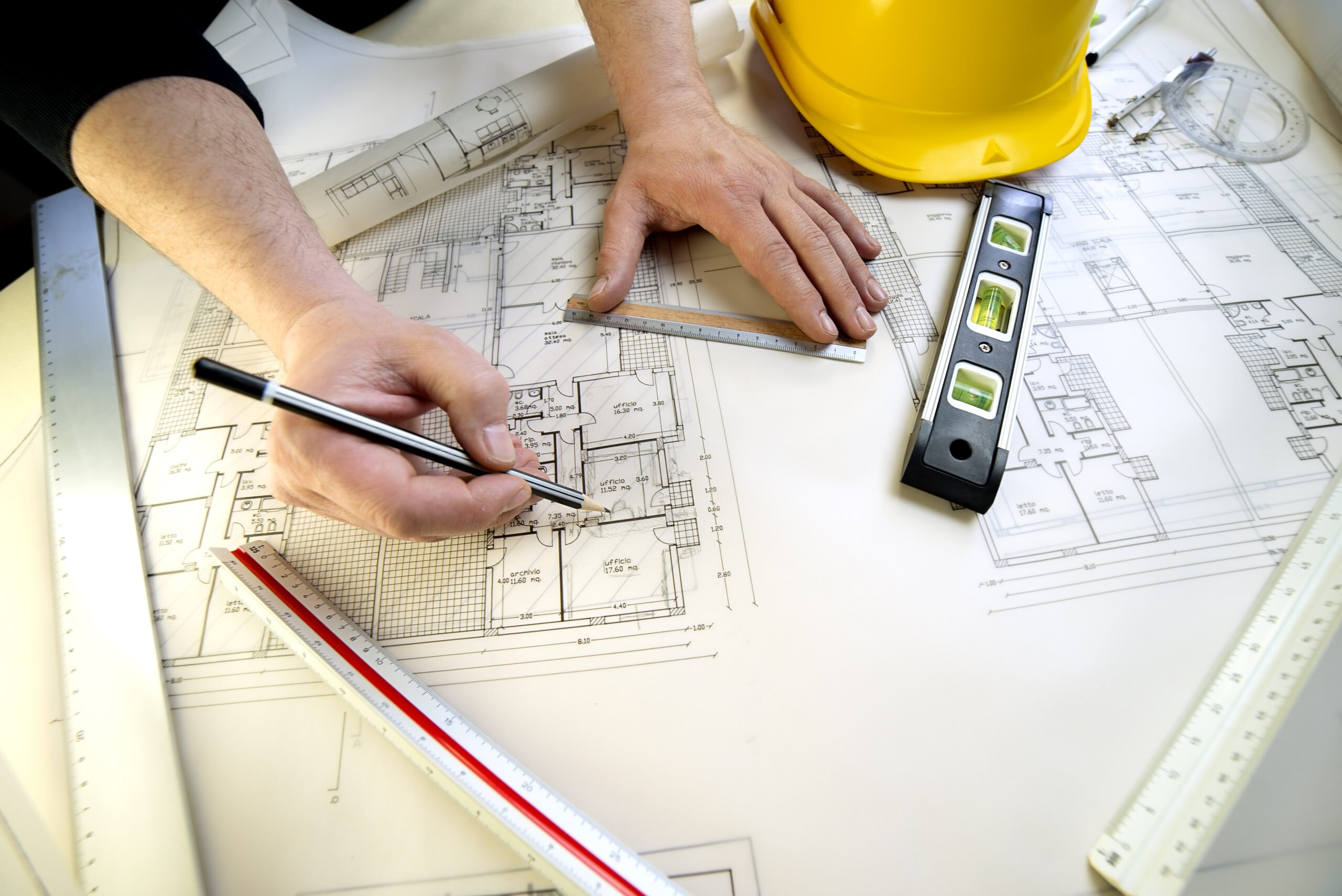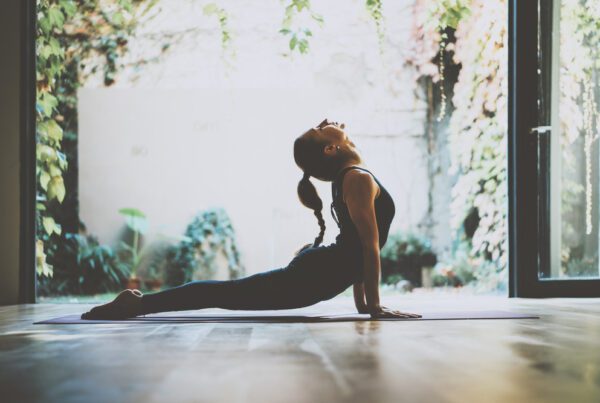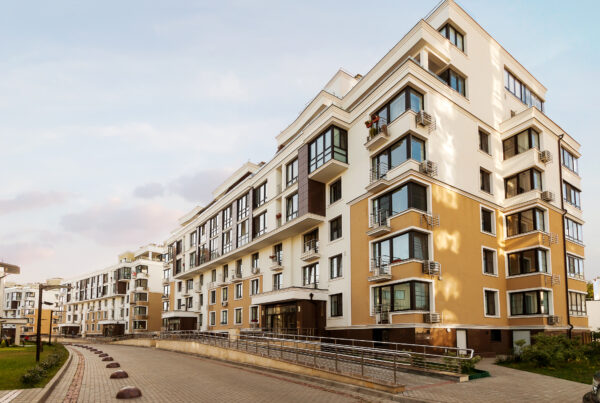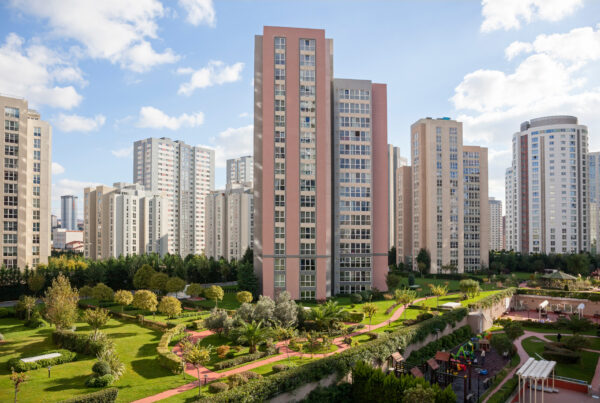All of us engage in the process of building or buying a home in our lives. Not all of us are experts in real estate though. But any decision that involves your life savings and long-term commitment needs to be taken after careful consideration. It is essential that you do your due diligence and educates yourself on what you are getting.
When buying a property in Chennai, for example, Apartments in Porur, you will be bombarded with a lot of terms like Carpet area, built-up area, etc. Even when the process is essentially straightforward, it takes some time to figure out what you are actually paying for. So, in this article, we highlight the meaning of the most used terms in the process of buying a home. This will give you clarity on the scale of investment you are willing to make.
Carpet Area:
The official definition of Carpet area is the total amount of usable floor space of a home. It is the most important term, as it shows you how large the home actually is in terms of usage. It is essential that you get clarity on this with the broker or developer, from whom you are making the purchase.
It is called the carpet area, as it quite literally is the space over which you can lay a carpet. So it includes rooms like the hall, kitchen, bathroom, bedroom, etc. But it excludes areas like balconies, flower beds, and private terraces. It is calculated from the inner dimensions of the room. Many a time people pay for an apartment that is well over 1000 sqft but end up with a smaller home because the total sqft on the sale deed does not refer to the carpet area of the home. By rule of thumb, the carpet area is usually 70% of the total built-up area of the home.
Built-up Area:
The next key term is Built-up area. This refers to the net usable area of the property. It includes areas like balconies, private terraces, etc. Another difference between the carpet and built-up area is that the built-up area includes the thickness of the walls on the perimeter of the home. If two or more homes happen to share a wall, then half the space occupied by the wall is allotted to each home. Thus, the built-up area will always be more than the Carpet area, but less than the Super Built-up area.
This built-up area is useful in knowing the additional spaces that come with the apartment. Utility areas are particularly useful in keeping your home clutter-free and dry. Smaller homes that have a separate utility area are quite popular with first time homebuyers.
Super Built-up Area:
This Super Built-up area is what is actually on your sale deed. It is the saleable area of a property. It includes the Built-up area (which comprises the Carpet Area) and the allocated percentage of the common areas. These common areas can include places like corridors, foyers, staircases, elevators, amenities, etc. By rule of thumb, the Super built-up area is usually 25% more than the built-up area of a home. Apartments in Chennai offer so many amenities and luxuries that the Super built-up area is no more a reliable measure of the size of the home. But this is the actual area that you are paying for.
With this clarity on these terms, you can now go ahead and explore what different new residential properties in Tnagar, Chennai, have to offer. Lifestyle Housing is a popular developer of luxury properties in Chennai, offering you the best value for your money. Our latest project, a gated community in TNagar is up for grabs with premium amenities bang on the main road.





